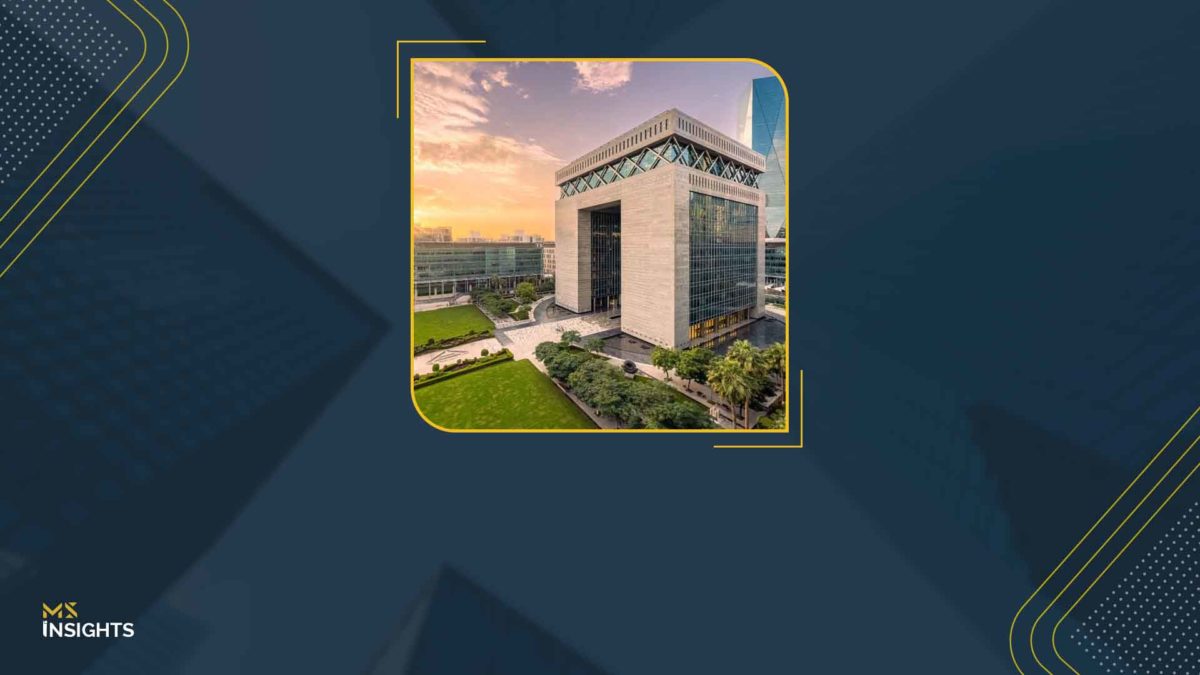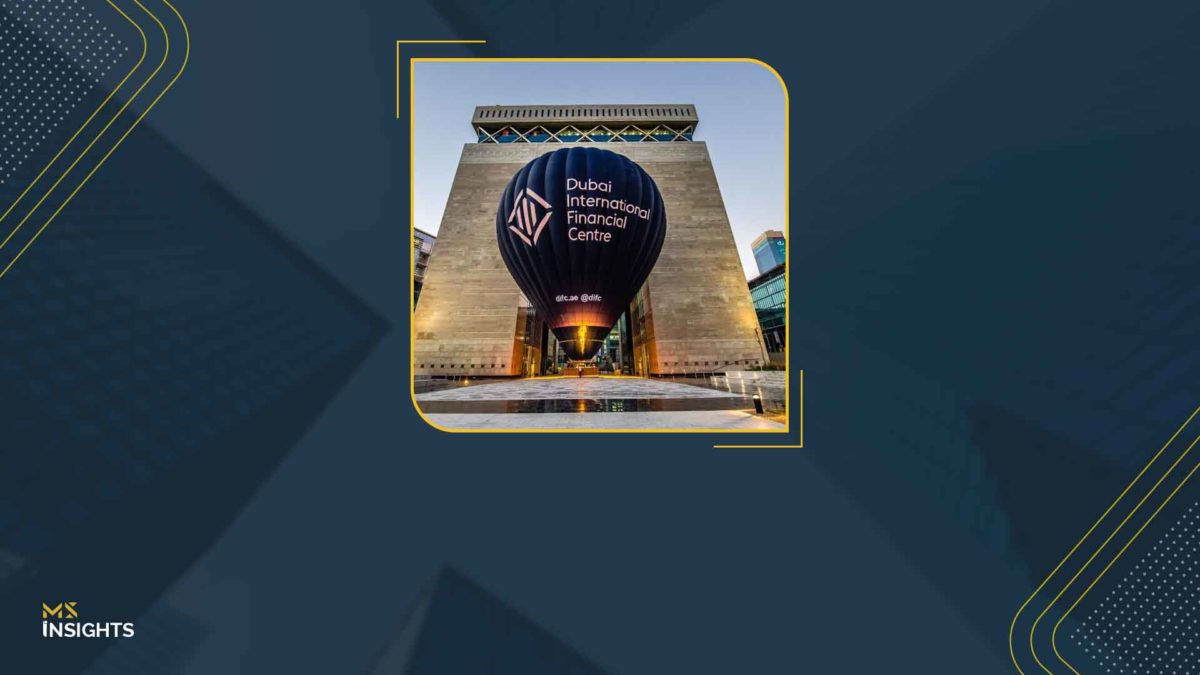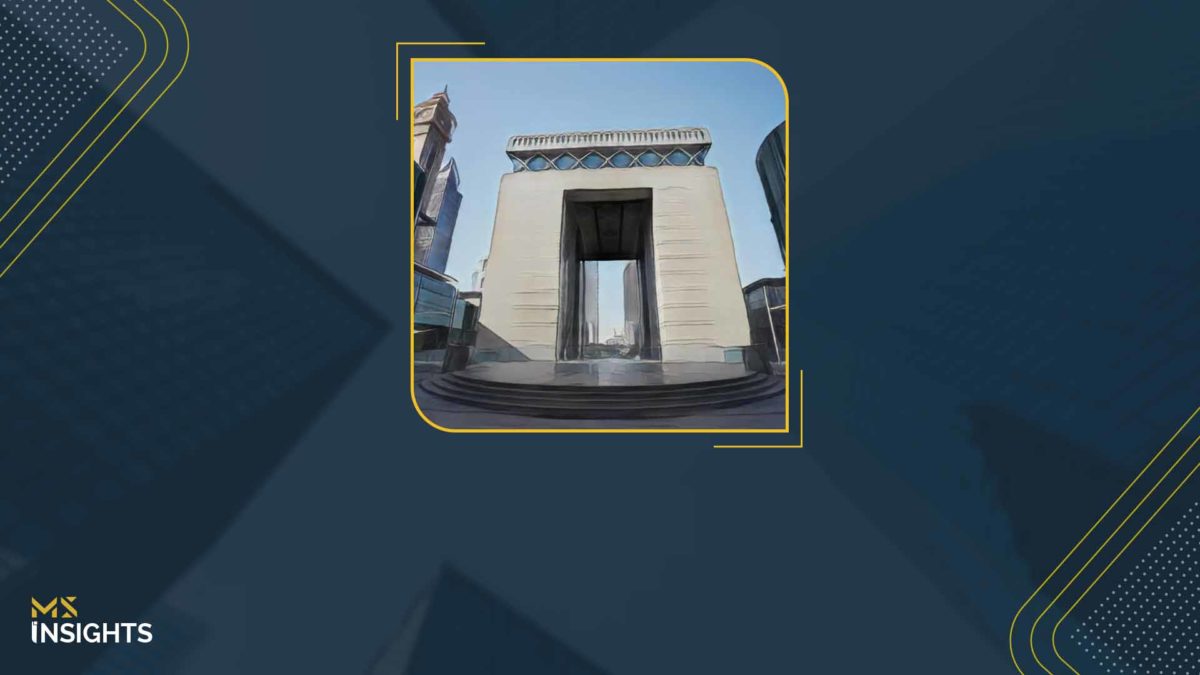The Essentials
The UAE Commercial Companies Law Amendments 2025, effective January 2026, introduce a comprehensive overhaul of corporate regulations in the UAE. Key changes include the formal recognition of non-profit companies, the ability to issue multiple share classes, expanded private placement rights for joint-stock companies, and modern shareholder protections such as tag-along and drag-along rights. Companies can now re-domicile across Emirates and free zones while retaining legal personality, and in-kind contributions must meet strict valuation standards. These amendments enhance governance, investor confidence, and flexibility, positioning the UAE as a more competitive and globally aligned business hub.
After four years of relative legislative stability, the UAE has introduced far-reaching amendments to its Commercial Companies Law through Federal Decree-Law No. 20 of 2025. Effective from 1 January 2026, with a six-month transition period, the reforms represent a decisive shift in how companies can be structured, governed, financed, and reorganized in the UAE mainland.
Rather than incremental adjustments, the amendments reflect a strategic recalibration of the UAE’s corporate framework – one that aligns mainland company law more closely with international investment standards while preserving regulatory certainty.
UAE Commercial Companies Law Amendments: The Policy Direction Behind the Reform
The 2025 amendments must be understood within the UAE’s broader economic strategy. Over the past decade, the country has consistently repositioned itself as a global business and investment hub, competing not only regionally but with established international financial centres. While earlier reforms focused on foreign ownership liberalization and ease of doing business, this phase of reform targets structural depth – how companies raise capital, manage shareholders, execute exits, and move across jurisdictions.
The new UAE Commercial Companies Law Amendments reflects feedback from global investors, private equity funds, family offices, and multinational corporates, many of whom sought greater contractual freedom and legal certainty when operating onshore.
Clarifying the Law’s Reach Across Jurisdictions
One of the important aspects of the amendments is the clarification of how the Commercial Companies Law interacts with free zones and foreign entities. While free zone companies continue to be governed primarily by their respective authorities, the amendments reaffirm that any company conducting mainland activities – whether through a branch or other presence – falls within the scope of the Commercial Companies Law.
At the same time, the UAE Commercial Companies Law Amendments expressly recognizes all companies incorporated in the UAE, including those in free zones, as UAE-national companies for the purposes of corporate regulation. This clarification removes long-standing ambiguities that often complicated cross-border transactions and regulatory assessments.
Re-Domiciliation: Introducing Corporate Mobility
Among the most transformative changes is the introduction of a formal re-domiciliation regime. For the first time, companies can migrate their legal seat between Emirates, between the mainland and free zones, and even into the UAE from foreign jurisdictions – without losing their legal personality.
This means that a company can retain its contracts, assets, liabilities, and corporate history while relocating to a jurisdiction better suited to its operational or strategic needs. From an investment and restructuring perspective, this places the UAE alongside mature corporate jurisdictions that recognize corporate mobility as a critical business tool.
Detailed procedural requirements will be issued through Cabinet resolutions, but the legislative intent is clear: corporate flexibility is now a feature, not an exception.
Bringing Investor-Grade Shareholder Rights Onshore
A central theme of the UAE Commercial Companies Law Amendments is the elevation of shareholder protections, particularly for investors accustomed to common-law frameworks. The law now allows mechanisms such as drag-along and tag-along rights to be embedded directly into a company’s constitutional documents.
This change has significant implications. Previously, such rights were either unenforceable or required complex contractual workarounds. Their statutory recognition improves enforceability, reduces exit friction, and aligns mainland companies with international private equity and venture capital standards.
The amendments also address shareholder succession, providing clearer mechanisms for handling the death of a shareholder. This is especially relevant for family-owned businesses, where unclear succession rules have historically led to disputes and operational paralysis.
Modernizing Capital Structures and Fundraising
The reforms introduce long-awaited flexibility in capital structuring. Companies are now permitted to issue multiple classes of shares, each with distinct economic and voting rights. This allows businesses to tailor ownership structures to different investor profiles, facilitating minority investments, preferred equity, and growth capital arrangements.
In parallel, stricter rules have been introduced for in-kind capital contributions, requiring independent valuation to protect shareholders and maintain transparency. While this adds a compliance layer, it significantly reduces the risk of disputes and inflated valuations.
Another notable development is the expanded ability of private joint stock companies to raise capital through private placements on UAE markets. This creates a structured pathway for companies seeking institutional funding without immediately pursuing a public listing.
Strengthening Governance and Management Continuity
The UAE Commercial Companies Law Amendments also tackle practical governance challenges that have long affected closely held companies. New provisions address board and management continuity, ensuring that resignations, expired mandates, or internal disputes do not result in operational deadlock.
By allowing directors and managers to continue temporarily after the expiry of their term, and empowering authorities to intervene where necessary, the law prioritizes business continuity while maintaining regulatory oversight.
These changes are particularly relevant for fast-growing companies and family businesses, where governance frameworks often evolve slower than the business itself.
Facilitating Restructuring, Mergers, and Transformations
Corporate restructuring has been another focus area. The amendments streamline procedures for company transformations, mergers, and demergers, allowing businesses to reorganize without losing legal identity.
For multinational groups and regional holding structures, this reduces execution risk and administrative complexity. It also aligns the UAE more closely with jurisdictions that support seamless group reorganizations as part of normal business evolution.
UAE Commercial Companies Law Amendments: How MS Can Help?
The UAE Commercial Companies Law Amendments bring significant changes to corporate governance, capital structures, and company mobility. MS helps businesses understand these updates with practical, strategic solutions.
We provide end-to-end support through:
- Business Setup Services: Advising on company formation, re-domiciliation, and structuring to align with the amended law.
- Tax & Accounting Solutions: Ensuring compliance with UAE tax regulations while optimizing corporate structures.
- Compliance Solutions: Helping companies implement robust governance frameworks, shareholder protections, and regulatory reporting obligations under the new law.
With extensive experience across DIFC, ADGM, and mainland UAE, MS ensures your business remains fully compliant while leveraging the opportunities created by the 2025 amendments.









